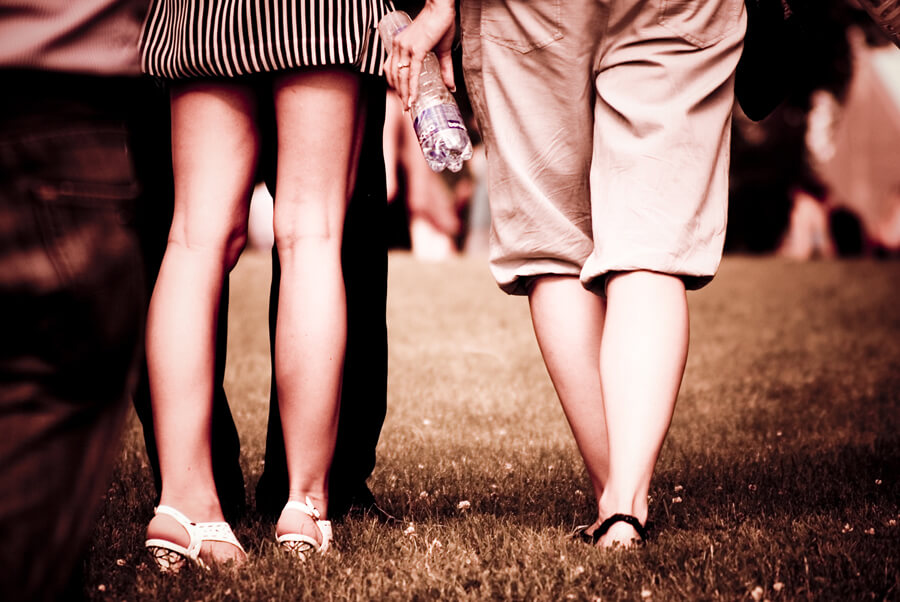
Varicose veins: 7 questions to get rid of them
What are varicose veins?
Varicose veins are dilated veins that are characterized by the inability to establish an effective return of blood to the heart causing a venous insufficiency or, what is the same, veins that become inflamed and can be seen behind the skin, something that usually happens in the legs. When the veins do not have sufficient capacity to return the blood to the heart, this type of inflammation, called varicose veins, occurs.
Why do varicose veins appear?
The causes that cause the appearance of these inflammations are the loss of elasticity and deformity of the valves that exist in the walls of the veins and that open and close controlling the blood pressure and flow. When the structure of the leg veins weakens, the venous return becomes more difficult and the blood remains stagnant in the veins. If this situation persists in time, the veins increase in size and dilate, appearing the known varicose veins.
What symptoms and effects do varicose veins have?
The most common symptoms that can make us think that we suffer from varicose veins can be heaviness in the legs, swelling, appearance of pain, appearance of visible veins, edema, cramps, darkening of the skin and, ultimately, the appearance of ulcers in the legs. If you notice that you are suffering from any of them, consult a specialist to assess if it is necessary to begin treatment of your case.
What types of varicose veins are there?
Depending on its size and its distribution or origin, there are four types of varicose veins.
- In the first stage they are called teleangiectasias or spider veins, they can be seen through the skin, sometimes in a star shape, and they are usually only an aesthetic problem or cause, in some cases, heaviness or fatigue in the legs.
- In the second stage, the veins become more visible, they are identified below the skin with a greenish color, they are the varicose veins or reticular varicose veins. If they are very numerous, pain, cramps, tingling or the sensation of heat and itching may appear.
- In the third stage, the veins are more dilated, bulge or protrude from the skin and become inflamed when standing, are the truncal variose veins, and often mean an advanced degree of Venous Insufficiency. The symptoms tend to increase, and swelling and edema may appear, and even skin color changes.
What factors increase the risk of varicose veins?
The sedentary life, the heat, the obesity, the poor diets in fiber, the age or the genetic predisposition are the factors that increase the risk of suffering varicose veins, for that reason it is essential to take the necessary measures to be able to avoid them.
How can varicose veins be avoided?
There are several recommendations that can help us to prevent varicose veins, such as physical exercise, avoid overweight, avoid using high heels for a long time, avoid hot environments or include vitamins E, C, B6, B9, B12 in our diet. or B3, the latter highly recommended since it improves blood circulation in the veins and arteries.
How can varicose veins be cured in Marbella?
Apart from the advices we have just mentioned to prevent the appearance of varicose veins, there are a number of treatments that can help us to reduce them, such as sclerotherapy with microfoam, with which all types of varicose veins can be treated, the venous endolaser for treatment of saphenous trunks defective, or embolization of varicose veins that come from a defect in the pelvis. For more information visit the following link: Treatment of Varicose Veins without Surgery in Marbella
Do you have the first symptoms of varicose veins and want to heal? At Clínica Vascular Marbella we have the latest treatments to eliminate varicose veins. Contact us by calling 663 93 93 24 or visit us at our facilities at Avenida Ricardo Soriano, 28. Marbella (Málaga).



